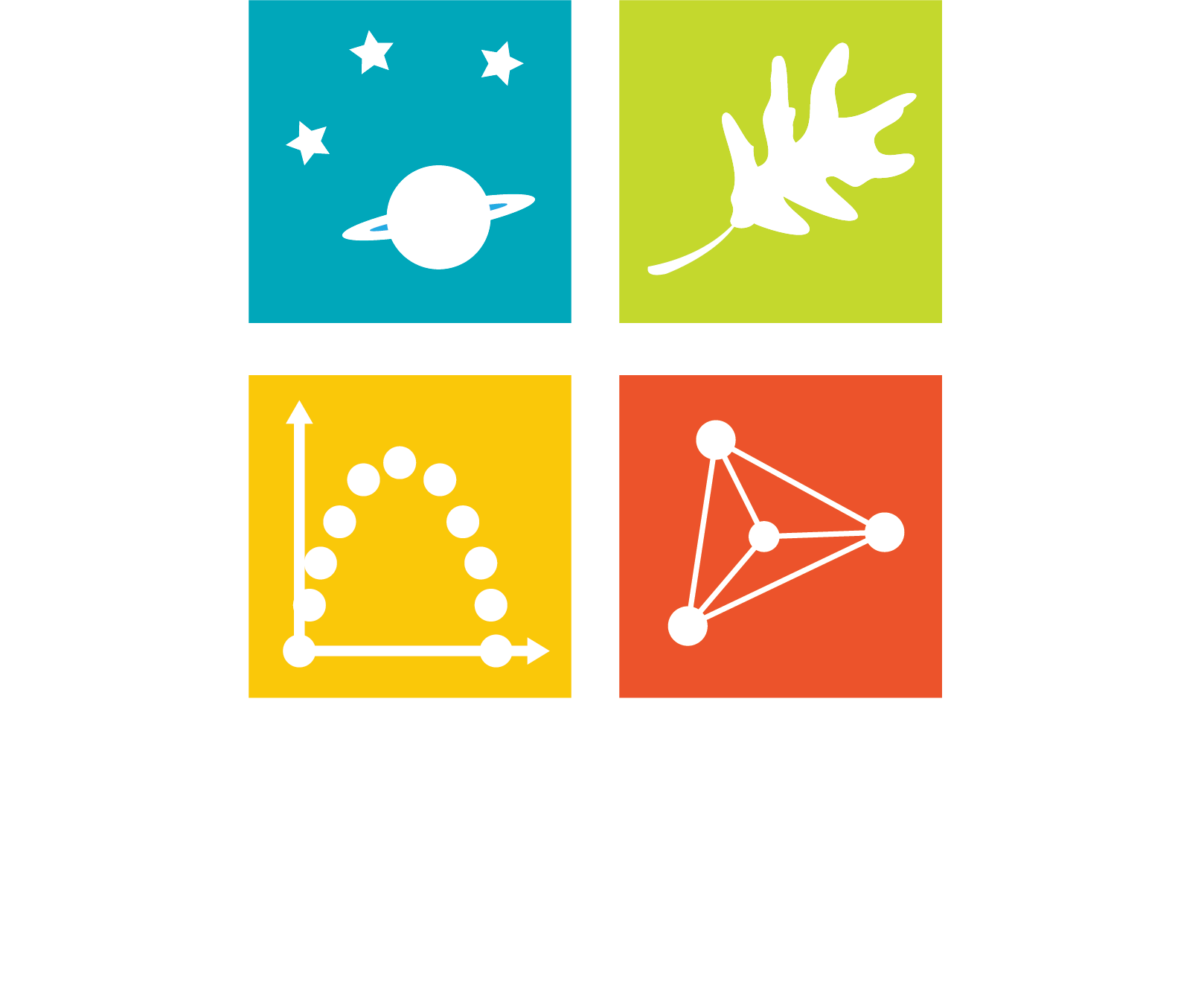New!! GetWET Field Experience (appropriate for 8th through 12th grades – available only in April & May)
The GetWET Observatory is one of two outdoor hands-on groundwater education facilities in the Rocky Mountain Region. Located on CSU property along Spring Creek is a groundwater well field that allows students to study the interaction between the creek and the groundwater. Using the GetWET field backpacks, students study water quality and quantity issues and how they relate to use, conservation, and flooding. This is an OUTDOOR STEM Friday experience available on 4/19, 4/26 and 5/3 ONLY.
New!! Salts of the Earth (appropriate for 6th through 12th grades)
In this experience, students act as environmental chemists to study how fertilizers affect the salinity of groundwater in southeastern Colorado. 28% of irrigated crop land has recently experienced a sharp decline in crop productivity due to high salinity in soil and groundwater. Students will join the CSU research team that is studying the problem in the Arkansas River Valley of southeastern Colorado with this kit. Students will measure salinity of water in various wells on a 3D model, visually see how the Great Divide dictates water flow for the United States, determine where excess salt comes from and how the salt moves around in the environment.
New!! Fossil Forests (appropriate for 6th through 12th grades)
In this experience, students act as paleobotanist to investigate the evolution of trees found in an ancient forest in southwestern Wyoming. The experiment begins by students studying a transverse section of a tree to understand how the environment affects trees’ vascular tissue. Students then observe how fossilization takes place on the macroscopic level by “fossilizing” their own transverse section and then comparing it to an actual piece of fossilized wood. With a collapsible microscope in each kit, students are able to identify three different types of wood on the microscopic level based on what they already learned. Finally, students study how climate change impacted how prehistoric trees in southwestern Wyoming evolved with respect to their nearest living relative by analyzing global temperature and precipitation trends.
Wonder of Wolves (appropriate for 6th through 12th grades)
With the reintroduction of wolves in Colorado, science-based information is key to understand the role and effects that wolves have in the ecosystem and with people. Through a series of activities that, when woven together, incorporate social structure, behavior, hunting, diet, tracking, and human perspectives, students will gain a better understanding of how humans and wolves could share the landscape.
Colors of Life (appropriate for 9th through 12th grades)
In this investigation, students act as both chemists and psychists while studying light using a 3D- printed spectrometer. Students use the spectrometer to take pictures of different light and analyze how the intensity of specific colors fluctuate with the presence of different light filters. With this knowledge, students are able to confirm if a reaction occurred in different solutions by comparing the spectra before and after the pH was altered.
Note: This lab would be a great supplemental activity for AP Chemistry and AP Physics classes.
Bees, Please! (appropriate for 4th through 12th grades)
Students will become bee entomologists! Bees are one of the most important pollinators of our food crops. Students will become experts on different native bee types and share what they learn about their bee with the class to explore bee biodiversity and behavior. Data from this kit comes from the Native Bee Watch citizen science project that started at CSU and is now being used at the Gardens at Spring Creek (teachers may consider taking their students to visit the Gardens after doing the kit). Students will also learn about the structure of flowers and why specific bees are attracted to different flowers. To end the experience, students will collaborate as a class to interpret the preferred flower choices of the different types of bees.
Get Critical! (appropriate for 6th through 12th grades)
In this research experience, students investigate reflection, refraction, diffraction, and critical angles using different media. Students then experiment with fiber optic cables to understand how digital data is transferred from one place to another by applying concepts from their initial investigation. The students will have the opportunity to send analog messages to one another!
Going Viral (appropriate for 6th through 12th grades)
What are viruses and how does the human immune system work to fight against them? Students will use modeling to explore the epidemiology of vaccinated and unvaccinated populations and herd immunity.
High-Tech Rocks! (appropriate for 8th through 12th grades)
What is the magic behind the technology in our mobile devices? Students become solid-state chemists as they work their way from natural minerals to the production of a simple headphone in this kit.
Secrets of the Hibernators (appropriate for 6th through 12th grades)
Students will act as biologists to study how the metabolism changes in marmots, ground squires, and bears seasonally and yearly. These animals may hold the answers to human obesity and bone loss! Students will model how hibernator metabolism works through experimentation with yeast and analyze data to explain how climate change may affect hibernating animals.
Vital Ice (appropriate for 6th through 12th grades)
Glaciers are in danger world-wide! Students will analyze data collected from Denali National Park in Alaska in this kit and look for trends over an almost 200-year span by using model ice cores and techniques used by real glaciologist. They will also learn about permafrost (which can be found here in Colorado) using a unique modeling method.

